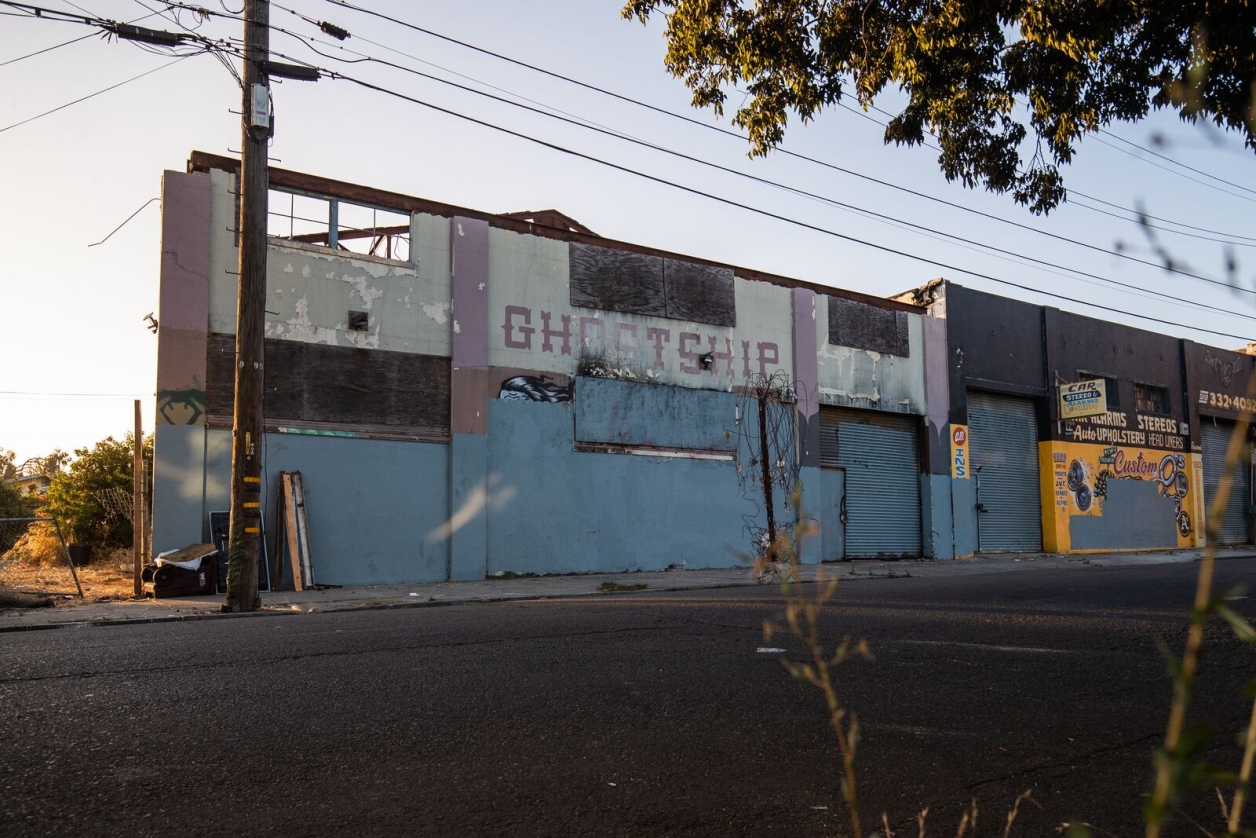Thesis: Marian April Glebes
We’re Gonna Do It Anyway: A Case Study in Tensions Between Safety and Creativity in Baltimore City Artist-Run Spaces
The notions of safety and creativity are often irreconcilable opposites in planning, developing, and operating spaces of arts and culture. The issues affecting arts and cultural spaces are indicative of systemic tensions involving planning, policy, code enforcement, gentrification, affordable housing, policing, and local economies. This paper investigates how safety and creativity can coexist in Baltimore City’s self-organized artist-run spaces and the cultural ecosystem. While artist-run spaces are tapped and lauded as economic drivers, vital to a city’s identity and economic landscape, in Baltimore, they are consistently relegated and regulated, sometimes pushed underground in the built, political, and social environment in which they exist. What can or should, therefore, contribute to the success and vitality of artist-run spaces? What are the challenges these spaces and cultural producers face? The purpose of this research is to examine, summarize, and daylight challenges and potentials for safety and creativity to coexist, in order to preserve, protect, and sustain spaces by and for the arts.
I argue that self-organized arts spaces must be acknowledged, accommodated, and planned for, and the coexistence of their safety and creativity must not only be allowed but also enabled. We’re Gonna Do It Anyway: A Case Study in Tensions Between Safety and Creativity in Baltimore City Artist Run Spaces explores and introduces the intersects and disconnects between how artists and planners envision safety and creativity. Through the case study of the Bell Foundry and the Arts Safe Space Task Force in Baltimore City, dominant and authoritarian vs. grassroots and ad-hoc roles are explored and questioned, divergent ideologies are evidenced, and lessons learned might posit a future of planning with and for artist-run spaces that is less authoritarian/conflict-based and more collective/holistic/vertically integrated. Inspired and informed by informal interviews and by mining sources that document and respond to national and local tragedies that occurred in artist-run spaces, the thesis shows that artists and audiences need not die in vain if the dominant can learn from and work with its creative subjects and that everyone wins when creativity and safety coexist.


